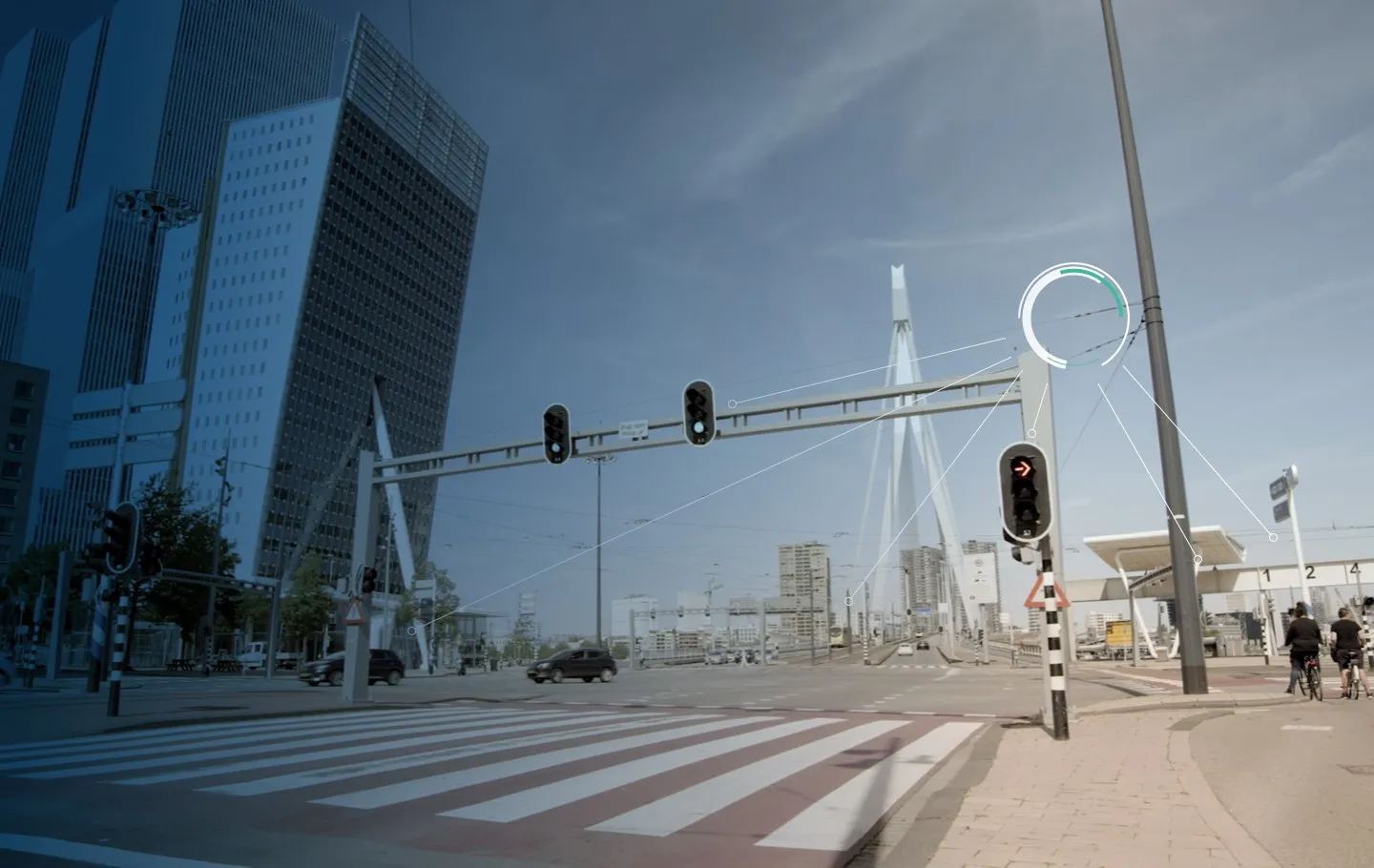Fusus has launched a unified video solution for smart cities which it says combines private and public video sources into a single platform called FususOne.
Fusus detects, analyses and connects to every camera on a building’s network and sends a unified video feed to a single web interface, the company adds.
Fusus CEO Chris Lindenau says it pulls in “video from multiple sources into a single platform to speed emergency response and provide situational awareness”.
According to Fusus, police, fire and emergency medical services personnel can access a mobile version of the system via an iOS or
Policy-based sharing ensures video is transmitted when required, allowing schools to limit video sharing to emergencies like an active shooter event. Also, businesses may share live video across a multi-campus environment will only sharing videos on alarm to first responders.
Anthony Baldoni, chief operating officer at Fusus, says the solution allows users to share video between public and private entities with “no expensive integration fees, software licenses, servers or proprietary APIs”.
Fusus unveils smart city video platform
Fusus has launched a unified video solution for smart cities which it says combines private and public video sources into a single platform called FususOne.
Fusus detects, analyses and connects to every camera on a building’s network and sends a unified video feed to a single web interface, the company adds.
Fusus CEO Chris Lindenau says it pulls in “video from multiple sources into a single platform to speed emergency response and provide situational awareness”.
According to Fusus, police, fire a
July 23, 2019
Read time: 2 mins










